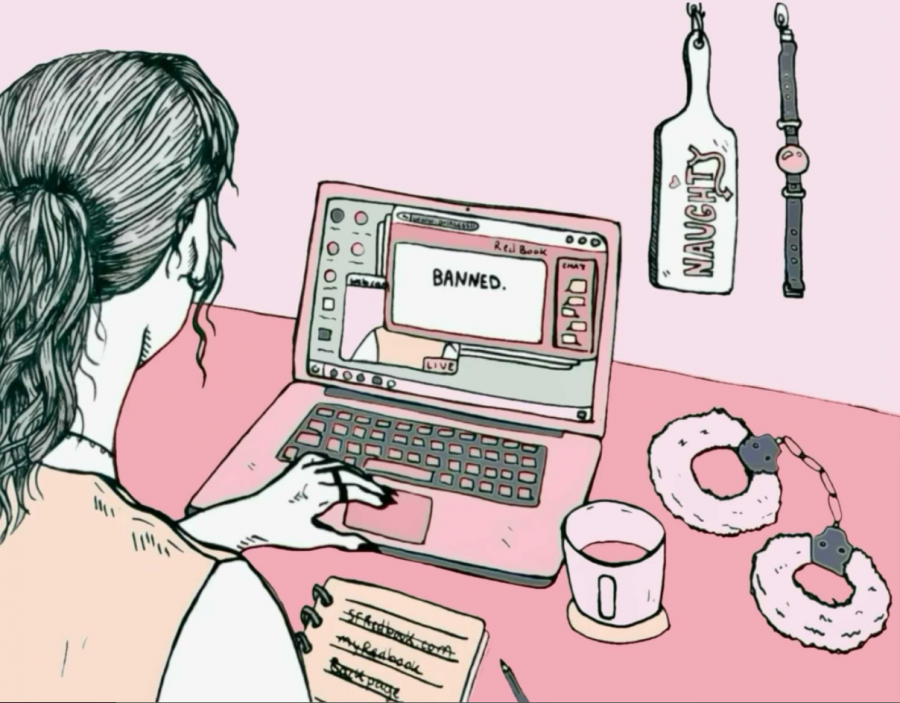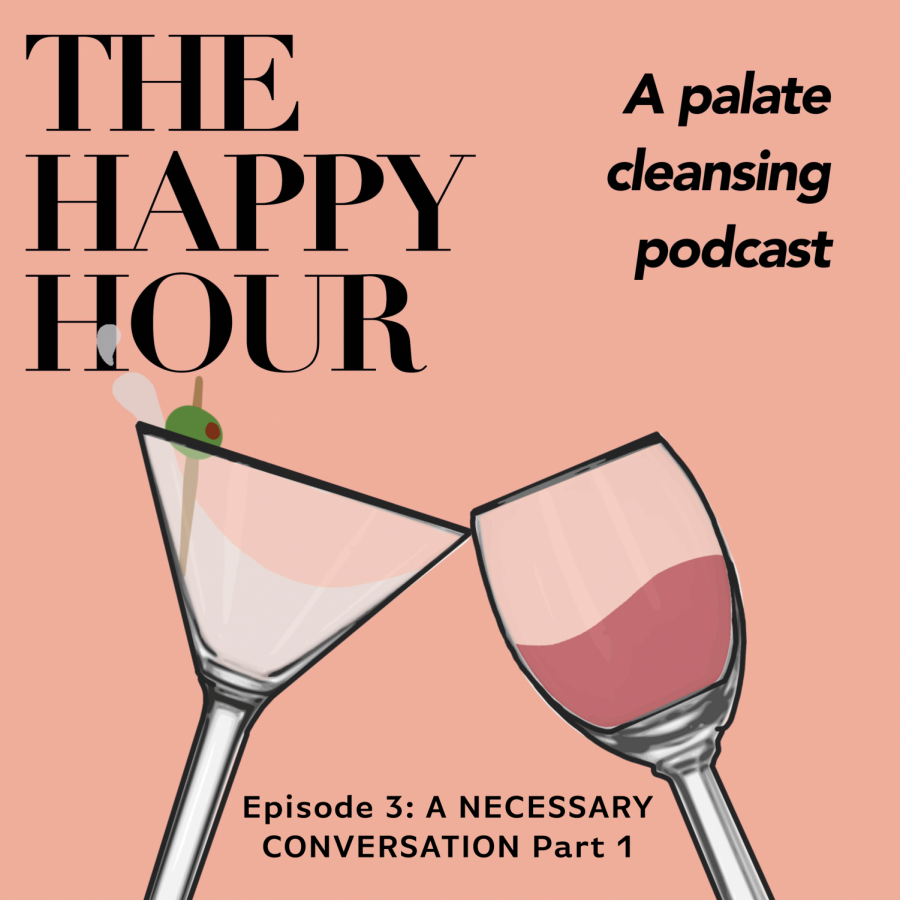“My job is to remind them that their individual voice counts.”
These are the words of Victor De La Rosa, an art professor at SF State. They were meant for his students, but they speak to anyone who cares about the current political and social climate in the United States.
The election of President Donald Trump made a lot of people confused, angry and even scared. According to information collected by the Southern Poverty Law Center, over 1,000 reported bias-related incidents occurred across the United States during the month following Trump’s victory last November. According to the FBI’s most recent “Hate Crime Statistics” report, nearly 6,000 bias-related incidents occurred during all of 2015.
Protests and other forms of free speech have made headlines, but some members of society have chosen to live by a timeless adage – “a picture speaks a thousand words.”
Cynthia Beltran-Islas, a studio art major, believes the election pushed herself and her peers to focus on political and social topics in their work.
Beltran-Islas recently partnered with a friend to produce a documentary about the day-to-day experience of people who identify as Latin American, queer, or both-a topic she’s passionate about because she places herself in both categories. A crowd gathered to watch the film and several stayed afterward to give feedback, which is something she values.
“Artists are very empathetic,” said Beltran-Islas. “We want to engage emotionally with people.”
As an immigrant from Tijuana, Mexico, Beltran-Islas said she has always felt self-conscious in the U.S. due to her accent and appearance. However, she admitted she feels even tenser since last November despite the fact that she now lives in San Francisco, a sanctuary city.

Beltran-Islas found a support system within the SF State art department. She noted a specific moment in a sculpture course last fall taught by Michael Arcega. She said Arcega took time during the first class after the election to gauge and discuss the students’ mental and emotional well-being.
Arcega did so because he “felt a paradigm shift.” Although he has his own strong beliefs, he never wants to impart them on his students. Instead, he utilizes a particular ideology.
“My role as an artist and teacher revolves around ‘social sculpture,’” Arcega said.
He believes that every action within a society has an impact on it. He knows that not every student will share his outlook, but he encourages them to engage in substantial endeavors.
“Being a constructive individual, rather than a destructive one, is important to me,” Arcega said.
Vyshnavi Aysola, a digital art major, is doing her part by challenging “Western” stereotypes. She has begun creating an interactive map focused on Indian independence. She plans to have several icons across the map that will contain information about the length and intensity of British invasion for each particular area.
While Aysola said she hasn’t experienced any personal Trump-related attacks, she empathizes with people like Beltran-Islas.
“Sometimes it feels like we’re all competing with each other, to showcase ourselves as the better artist,” Aysola said. “But we really need each other.”
Christopher Statton also thinks unity is the answer for the rhetoric spewed by Trump and his supporters. Statton is the co-director of the Clarion Alley Mural Project or CAMP. Clarion Alley is a side-street in San Francisco’s Mission District that doubles as a canvas for artists to express themselves.
One of the murals on display is “Cultivating Resistance,” which Statton painted a majority of. According to CAMP’s website, the mural depicts Twitter birds coming from Trump with negative terms written on them, burst oil pipelines and Steve Bannon in a KKK hood. All of them hover over citizens protecting a tree, which symbolizes every branch of the country that is currently being threatened, such as education and the environment.
Statton worked on the mural alone most of the time, which he said gave him the opportunity to talk to people who passed by. He wanted to find out what the public wanted to see, and their thoughts inspired the final product.
“It was a group effort that showed community solidarity,” Statton said.
De La Rosa believes that using your voice will help attract like-minded people, just as Statton did. However, he also thinks that hearing all sides of an argument is important. He said it’s his job as a professor to facilitate free expression and show the students different ways to receive and broadcast information.
“I like art that isn’t didactic or one-sided, but creates discussion,” De La Rosa said. What he values the most is art with an impact.
“Art is omnipresent,” De La Rosa said. “It continues to speak when you’re not there.”








Richard Keefe • Sep 19, 2017 at 5:53 am
“According to information collected by the Southern Poverty Law Center, over 1,000 reported bias-related incidents occurred across the United States during the month following Trump’s victory last November.”
(Not sure why the comments are all in caps… not my choice)
The SPLC’s reporting suffers from numerous methodological flaws, which the company has acknowledged through several subsequent disclaimers.
1. Except for a handful of incidents reported in the media (a number of which, sadly, have proven to be hoaxes http://www.fakehatecrimes.org/ ) ALL of the SPLC’s reports have come to them via an anonymous web page on the company’s website where anyone can “report an incident” without providing any verification.
2. While claiming 1,100 incidents, the SPLC has yet to make the list public to journalists for verification. There is no way to know what was reported or even how many reports were actually made. All we have is the SPLC’s word on it with no proof.
3. The SPLC didn’t set up its anonymous web page until the day of the election, so there is no way to know if the rate of alleged incidents increased or decreased in the months before the election. When you start at zero any increase becomes a “spike,” and any claims made after November 8 become “post-election” by default.
The whole point of the exercise was to somehow tie the alleged incidents to the election in the public’s mind.
4. On November 15, 2016, the SPLC published a disclaimer on the company website where they themselves admit that:
“These incidents, aside from news reports, are largely anecdotal.”
https://www.splcenter.org/hatewatch/2016/11/15/update-more-400-incidents-hateful-harassment-and-intimidation-election
Dec. 16, 2016: “The SPLC made every effort to verify each report, but many included in the count remain anecdotal.”
https://www.splcenter.org/hatewatch/2016/12/16/update-1094-bias-related-incidents-month-following-election
January 24, 2017, SPLC Intelligence Director Heidi Beirich in a Slate podcast:
“I would imagine that a share of the incidents we have collected, right, will eventually turn out to be based on nothing, or, a bit of hysteria fueled by the fear people felt after the election. I mean, I think that is a fair point. I’m sure that as we dig in the data that’s exactly what we are going to find out.
I still think… when all is said and done, that we will find that a lot of this stuff was substantiated. But it remains to be seen, right? It remains to be seen.”
http://www.slate.com/articles/podcasts/gist/2017/01/southern_poverty_law_center_s_heidi_beirich_on_tracking_hate_incidents.html
As Dr. Beirich observes, it really does remain to be seen how many of the incidents can be verified. Under the current system, David Duke could urge his followers to make hundreds of anonymous claims against minorities. How would the media handle those reports?
http://wp.me/pCLYZ-D1
Big claims require big proof, which the SPLC has yet to provide. Trust, but verify. It’s what used to be called “journalism” in the old days.
an·ec·do·tal
adjective: anecdotal
1. (of an account) not necessarily true or reliable, because based on personal accounts rather than facts or research.
https://en.oxforddictionaries.com/definition/anecdotal